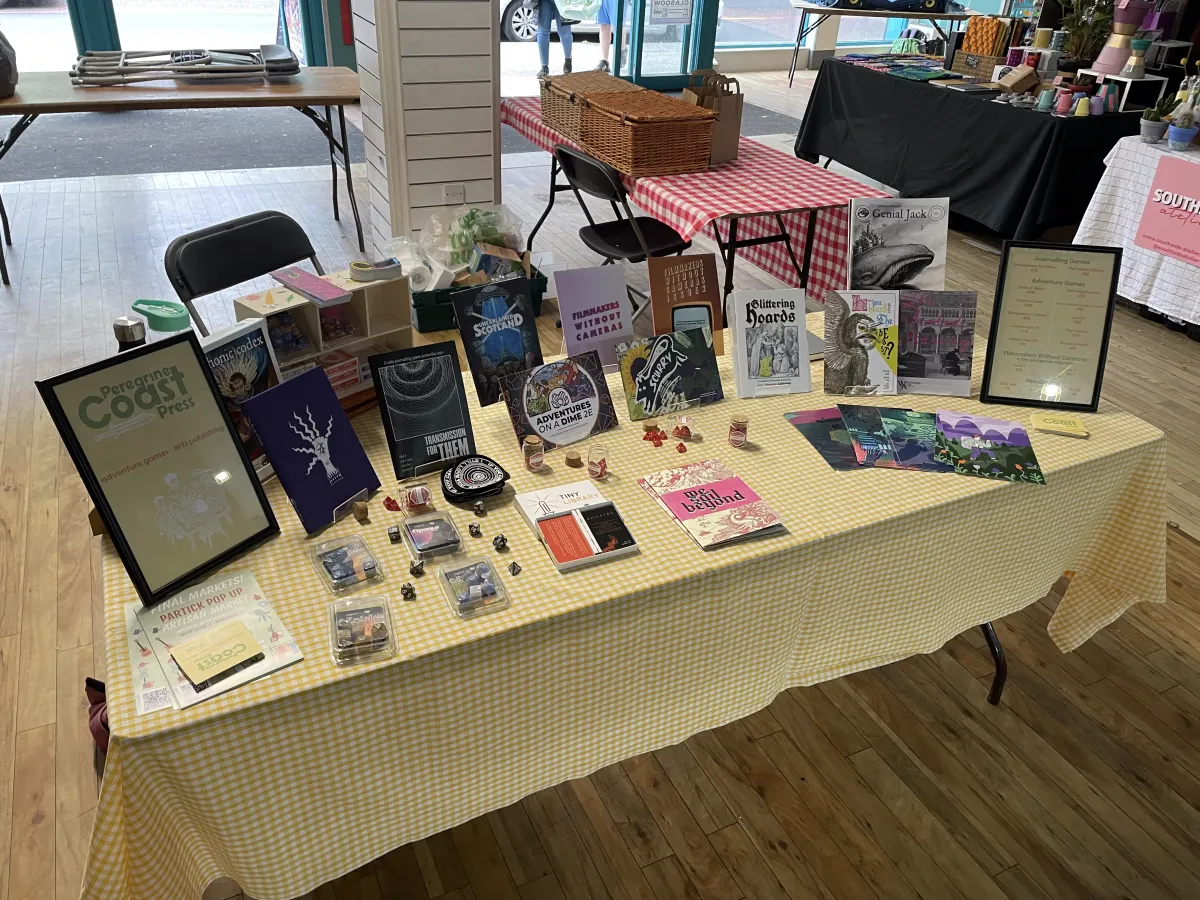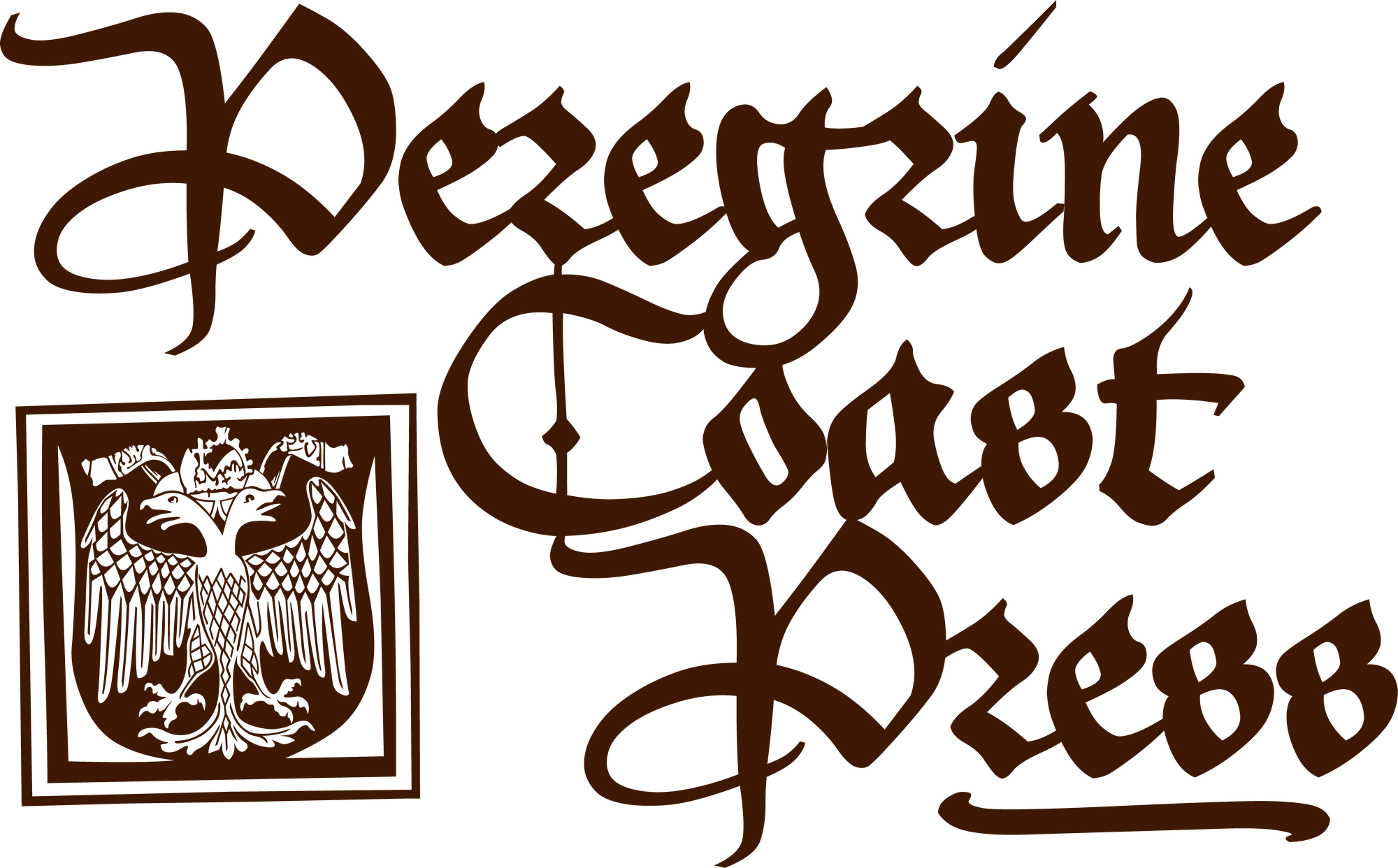Selling TTRPGs at a Crafts Market

I set up a stall at a local crafts market last weekend. Here's a few key points and observations from my time there.
Logistics and Costs

There are a few caveats to the screenshot above:
- The invoice for the dice wholesale is due two months from time of purchase. This means I can likely make back the cost within that time if I make a point of going to other markets. The profit margin here is pretty wild too: I bought 90 sets of dice for £60, so each set cost me approx. 60p. I was selling the dice at the market for £5, though their RRP is £9. I sold four sets and gave two away, so I'm already a third of the way to making back the cost of the whole lot.
- The public liability insurance is paid monthly at ~£7. As with the dice, if I make a point of going to other markets within the next year, I can make this back pretty easily. As it stands, it's a poor investment if you just want to go to one market.
- I was keen to get the experience of selling at a market, and I wanted to see how keen the general public would be to look at TTRPG products. This meant that I wanted to build up a good selection of stock with an offer that was appealing to authors. Most retailers charge a 40-50% fee for stock they take on consignment. I charged 30% which is obviously great for authors, but not so much for me. Charging 50% would have meant my cut would have totalled £92 rather than £55. For the future there are two things I'd consider trying out:
- Increase my cut to fall in line with other retailers.
- Ask authors to pay a small portion of admission fees. I'm not sure how I feel about this, though, as it puts up a financial barrier for indie publishers and also potentially asks authors to face making a loss.
- The "discounts applied" cell includes free dice, free decks of cards, and a free copy of Filmmakers 1 I threw in for people making bigger purchases.
- I already had a suitable table covering, and I borrowed the magazine stands that everything was displayed on. It's good to factor in stall decoration to your startup costs.
The above considered, I can amortise the costs over a longer period of time and come out with a ~£50 profit from these two days. By focusing on paying off the upfront costs with this first market, all successive markets will give me a better margin.
Insurance
This was an absolute pain in the arse. Because I'm incorporated, I had to look at business insurance and that meant getting inundated with calls from brokers, all of whom would give me different quotes and criteria. Be prepared to fight your case here: I was shuffled between being classed as an "online retailer", a "publisher", a "market trader", and a "toy maker". Out of interest, I called two brokers and told one I sold books, while I told the other I sold games. None of them could give me a straight answer. Telling them I trade in "toys & games at markets" seemed to lead towards a dead end, though, so take that how you will.
Demographics and Selling
My audience so far has almost entirely grown through the Twitter TTRPG space and I wanted to take the opportunity to chat to local people face-to-face. I think this had mixed success. A lot of people visiting this particular market were older, and upon any mention of "tabletop roleplaying" or "Dungeons & Dragons", they immediately raised their hands and played the "I'm too old for that" or the "that's not of my generation" card. They were fundamentally disinterested in learning more about it. There's a countless number of reasons for this but that's... beyond the scope of this essay.
Going slightly younger: most people had at least heard of D&D and all had the shared idea that D&D required a lot of time investment and work. That's where I could hook people in: some of these games can be played solo, and some can be played in just a single session. Cool, they said. Then they walked away.
Most of my sales came from people who had already played TTRPGs: We Sail Beyond and the other Sealed Library products got the most attention because the idea of making prep collaborative was appealing to both players and DMs. The Tiny Library was great at hooking in reluctant family members and friends, and Scurry looked like an appealing time filler when someone from the D&D group couldn't make it for a session. My standout conversation was with a family who had used to play D&D before the pandemic and had fallen out of it. They walked away to look at other things, but came back about 10 minutes later after deciding to get their ~5 year old son hooked early. They picked up a copy of Adventures on a Dime.
I think I got into a good flow with pitching by the end of the second day, though it highlighted to me that the variety of stock I had was perhaps working against me. Being in and amongst candles, handmade pots, jewellery, and baked goods was hard because everything on my stall required explaining. If people walked up to me, the easiest way to hook them was in:
"Have you ever played Dungeons & Dragons?"
- "No? Do you want to? Here's my solo games and Stout Stoat products that can get you in quickly with little prep."
- "Yes? If you play often, my Sealed Library products can help you reduce the amount of prep you do."
That did mean that I never got to shine as much of a spotlight on Filmmakers Without Cameras as I'd have liked to because it was so different to the other books.
I also can't discount the huge effect my friends had on bumping up sales numbers - of the 16 sales I made over the two days, at least five were from people I knew.
My next goal is to head out to a zine market. I think the people there will be mostly younger and more interested/more open to the games I have.
